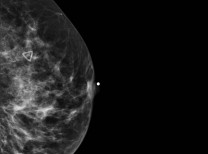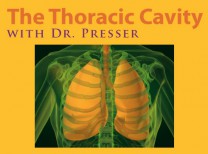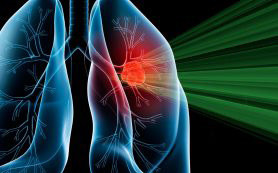Breast MRI (Magnetic Resonance Imaging) is an extremely helpful, non-invasive imaging tool used to evaluate mammographic abnormalities and identify early breast cancer, especially in women at high risk. An MRI does not involve radiation exposure and does not replace screening mammography. Instead it provides a powerful supplementary tool for detecting and staging breast cancer.
What Are The Clinical Indications For Breast MRI?
![]() Surveillance of high risk patients: Recent clinical trials have demonstrated that an annual breast MRI can significantly improve the detection of cancer that is otherwise clinically and mammographically hidden in patients with a >20% lifetime risk of developing breast cancer. Breast MRI may be indicated in the surveillance of women with a genetic predisposition to breast cancer (BRCA1, BRCA2) or in patients with a strong family history or history of chest wall radiation for treatment of Hodgkin’s lymphoma.
Surveillance of high risk patients: Recent clinical trials have demonstrated that an annual breast MRI can significantly improve the detection of cancer that is otherwise clinically and mammographically hidden in patients with a >20% lifetime risk of developing breast cancer. Breast MRI may be indicated in the surveillance of women with a genetic predisposition to breast cancer (BRCA1, BRCA2) or in patients with a strong family history or history of chest wall radiation for treatment of Hodgkin’s lymphoma.
![]() Determining the extent of disease of a recently diagnosed breast cancer: After a biopsy confirms the presence of a breast cancer, an MRI can be helpful to determine how large the tumor is and if there are other areas involved in the same breast or in the other breast. This is helpful for determining the best surgical option.
Determining the extent of disease of a recently diagnosed breast cancer: After a biopsy confirms the presence of a breast cancer, an MRI can be helpful to determine how large the tumor is and if there are other areas involved in the same breast or in the other breast. This is helpful for determining the best surgical option.
![]() Unkown primary cancer: MRI may be indicated in patients with no mammographic or physical findings of a primary breast carcinoma as MRI may identify the hidden breast cancer. Alternatively, if no MRI evidence is present, it would exclude the breast as the potential site of the primary cancer.
Unkown primary cancer: MRI may be indicated in patients with no mammographic or physical findings of a primary breast carcinoma as MRI may identify the hidden breast cancer. Alternatively, if no MRI evidence is present, it would exclude the breast as the potential site of the primary cancer.
![]() Assessment of chemotherapy response: Breast MRI may be employed before, during and/or after a course of chemotherapy to evaluate treatment response and the extent of residual disease prior to surgical treatment.
Assessment of chemotherapy response: Breast MRI may be employed before, during and/or after a course of chemotherapy to evaluate treatment response and the extent of residual disease prior to surgical treatment.
![]() Silicone implant integrity: Breast MRI is the best test for determining whether silicone implants have ruptured, and to what extent.
Silicone implant integrity: Breast MRI is the best test for determining whether silicone implants have ruptured, and to what extent.
![]() Supplementary problem solving tool: Sometimes an abnormality seen on a mammogram cannot be adequately evaluated by additional mammography and ultrasound alone. In these rare cases, MRI can be used to definitively determine if the abnormality needs biopsy or can be safely left alone. A breast MRI may also be an option for screening high risk women with dense breast tissue in conjunction with a mammogram.
Supplementary problem solving tool: Sometimes an abnormality seen on a mammogram cannot be adequately evaluated by additional mammography and ultrasound alone. In these rare cases, MRI can be used to definitively determine if the abnormality needs biopsy or can be safely left alone. A breast MRI may also be an option for screening high risk women with dense breast tissue in conjunction with a mammogram.
During a breast MRI, the patient lies face down on a platform specifically designed for the procedure. The platform has openings to accommodate the breasts and allow them to be imaged without compression. An intravenous contrast agent is injected, and the images are obtained. The exam takes approximately 30 minutes to an hour. Once the exam is completed, a board-certified breast radiologist will interpret the images and send a final report to your physician.
A patient should discuss with their physician if they would benefit from a breast MRI. Breast MRI is covered by private health insurance and Medicare for qualified patients. However, it is important for patients to check with their individual insurance plans, as coverage may vary.
The Chrysalis at Breastlink in Rancho Mirage is a comprehensive breast health center providing individualized treatment plans including risk management, imaging, surgery and oncology. 760.324.4466.

















































Comments (0)